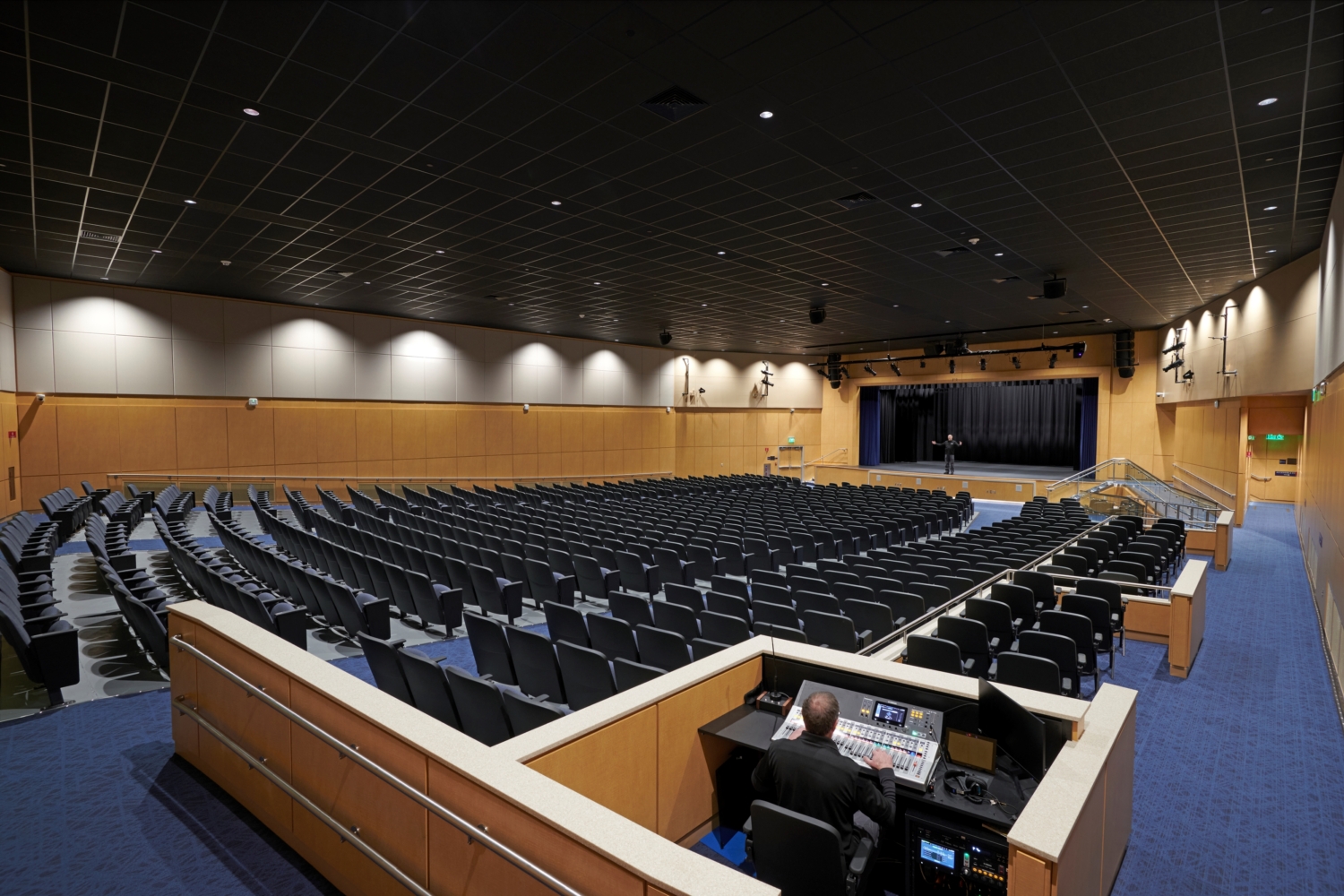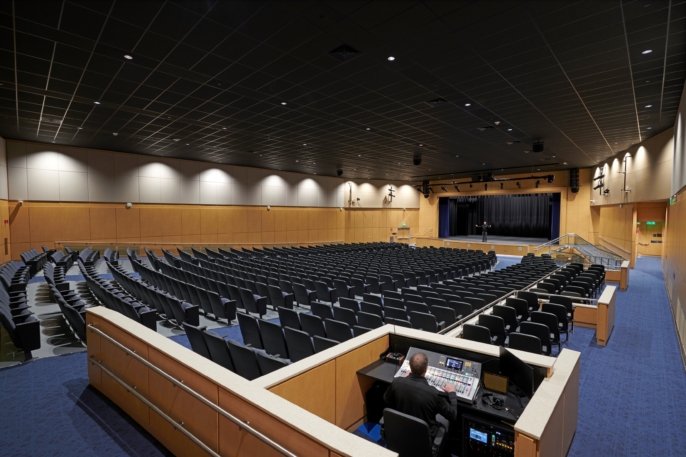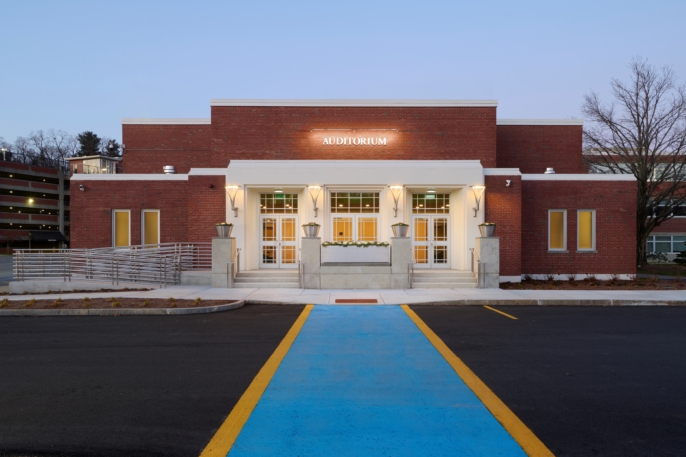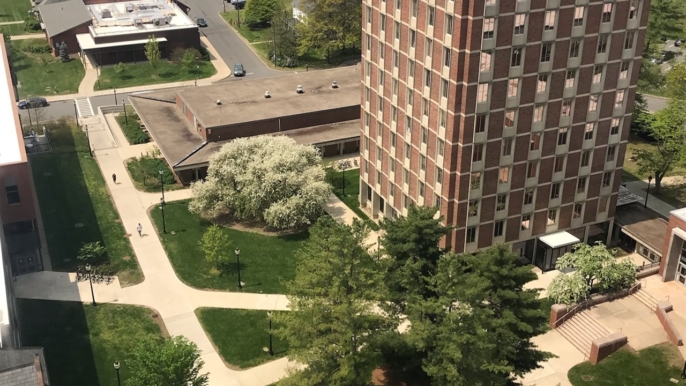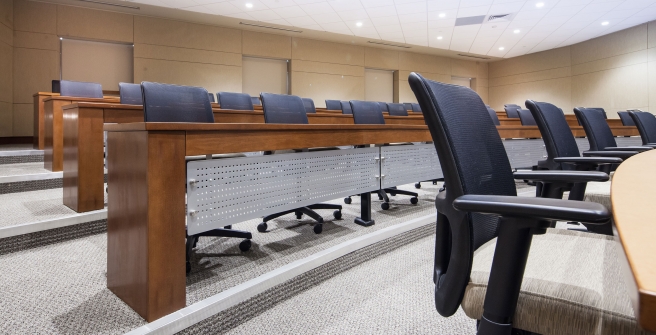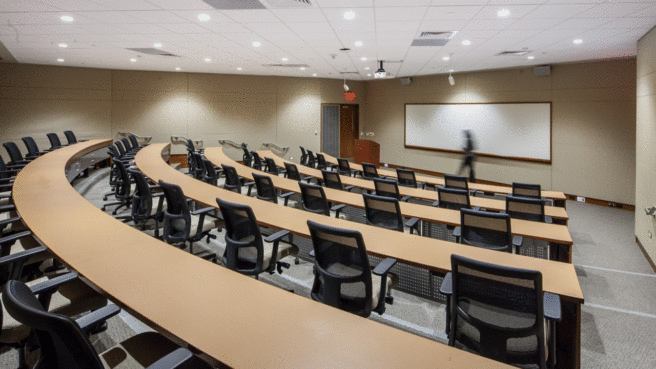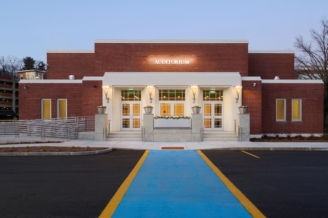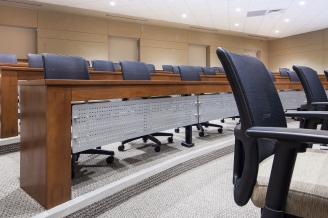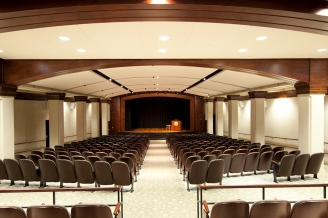Auditorium Spaces in Higher Education
Auditorium spaces are frequently used on most college campuses, providing a large and versatile learning environment, but strategic investments are needed to keep pace with evolving needs and teaching pedagogies. LPA|A has undertaken a number of studies for colleges to assess existing auditorium teaching and learning spaces. Many older buildings on college campuses across the state are not meeting current standards on a number of fronts, including accessibility, energy efficiency, technology capacity, and ultimately, educationally.

